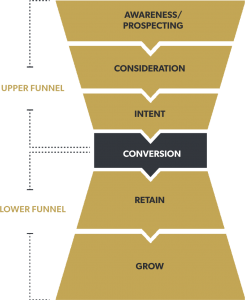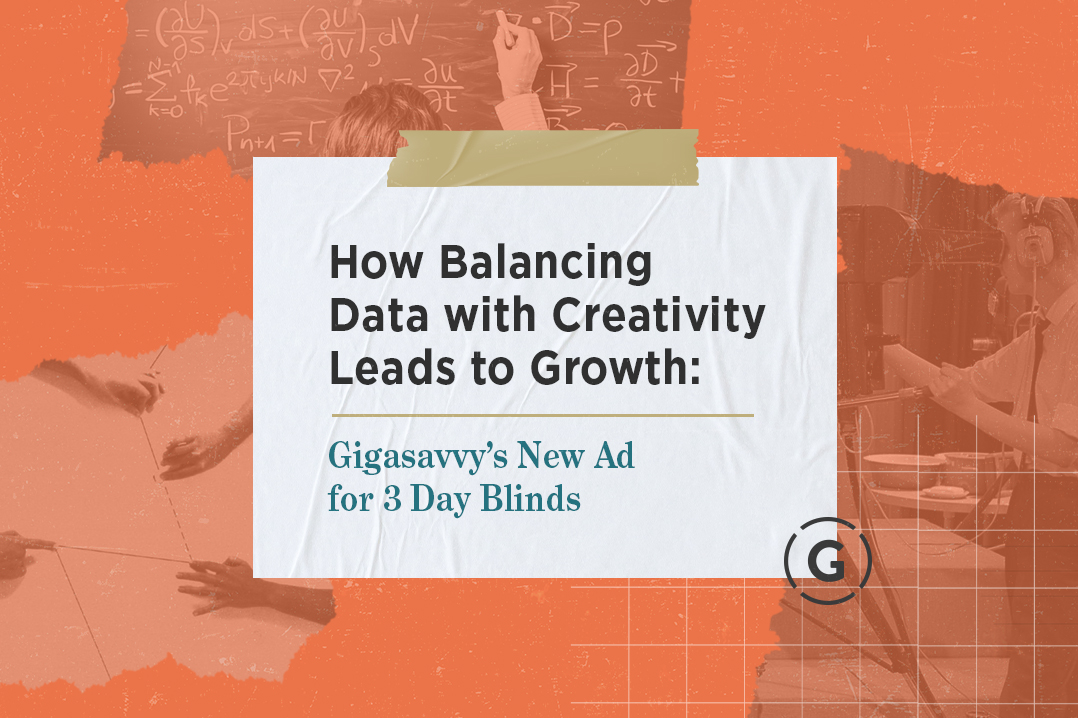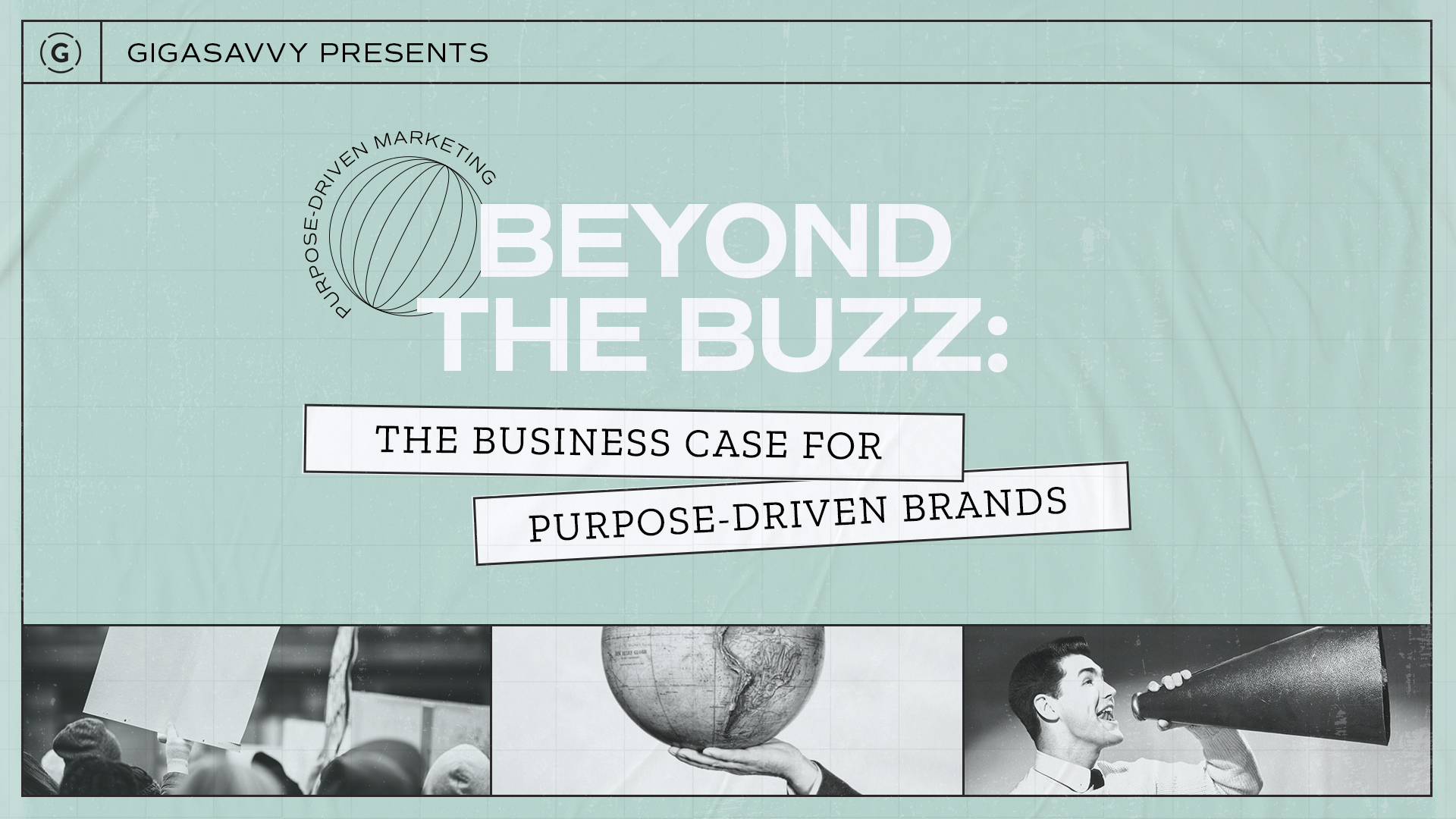“Do you think our strategy should be focused on brand or performance marketing?”
“Will brand marketing provide a return on my investment?”
Or even… “We’re not looking for brand work at this time. Do you do performance marketing?”
These are real questions I have been asked by brands, friends and colleagues looking to hire agencies.
Regardless of the audience, my response is typically that brand vs. performance is not an either/or decision. For short term growth and long-term success, you really need a strategy that utilizes both.
To help explore the topic, here are some of the top myths about performance marketing.
Myth #1: Only Performance Marketing Tactics will Solve My Sales Problems
Performance Marketing often focuses solely on lower funnel tactics, capturing quick wins, or even borrowing from a “growth hacker” mentality. It is typically effective at producing a quick hit and an attractive sales bump as it picks up on those already in-market to make a purchase, regardless of brand related factors (“brand switchers”).
Brand marketing is the language through which performance marketing can articulate long term goals, real consumer motivations, and build a sales funnel set up for longevity. Only by knowing your brand positioning, your brand attributes, and how to translate that into messaging and imagery that resonates, will you will be able to elevate your marketing to create short term growth and long term customer retention.
So yes, effective performance marketing can produce short term sales or leads, but unless brand focused tactics are taken into consideration as well, the “why” that inspires consumers to purchase dissipates shortly thereafter – and along with it, your customer retention.
Myth #2: Performance Marketing offers a Better ROI than Brand Marketing

An effective sales funnel doesn’t end after the first conversion.
The fastest return is often conflated with being the best return on any investment. Even experienced marketers can fall victim to glamorizing the lower funnel conversions. This is often connected to last-click attribution models and other short term measurement strategies. As the most common form of measuring digital marketing performance, the last-click attribution model uses key performance indicators (KPIs) such as return on ad spend (ROAS), cost-per-click and other black and white data points.
While these metrics give us healthy insight into campaign performance, they can often be misleading. In this type of attribution model, the lower funnel, performance marketing tactics – the ad that gets the final click – get all the credit for the resulting transaction. And as a side effect, the brand-related marketing that actually allowed the last ad to work will get no credit, and therefore appears to have a much lower ROI.
So, while ROI for performance marketing is easy to measure because results are immediate, it’s entirely possible (and likely) that a campaign’s effectiveness was only possible because of the support provided by a strong upper-funnel (brand-focused) strategy.
Want to know more about full funnel and retention marketing?
Myth #3: Performance Marketing and Brand Marketing are Separate Strategies
At the end of the day (or campaign), real success is achieved by artfully articulating your brand’s vision, while ruthlessly optimizing against multi-touch performance data. Looking at brand and performance tactics as separate initiatives (or even hiring two different agencies to execute them) is a strategy destined to crash and burn. After all, the bottom line for an effective marketing strategy should be about making a positive impact on a brand’s financial health and market share, in the short and long term.
So, can we all just agree to drop the “performance” vs. “brand” debate and embrace the power of both? A strategy that employs both brand AND performance marketing tactics will allow you to effectively influence the one audience EVERY brand is trying to reach…humans.
Let’s Recap
Between performance marketing AND brand marketing is the power of “and”.
Think in terms of Pareto’s Law, the principle that 80% of your sales come from 20% of your customer base. Performance marketing allows you to bring in sales from the 80% who just want to complete a transaction. But, the 20% that will make up more than half of your sales need something deeper than just a transaction – they want to connect with your brand in a way that performance tactics just won’t allow for.
Read about how to create true brand love with your customers
Performance and brand marketing hold entirely different, but complementary purposes. While performance marketing can close deals and boost short-term sales, brand-focused tactics help to drive brand loyalty and long term customer retention.
Don’t buy into the either/or debate. Only the combination of both practices will drive real human influence and create the kind of success we’re all looking to achieve with marketing and advertising.



